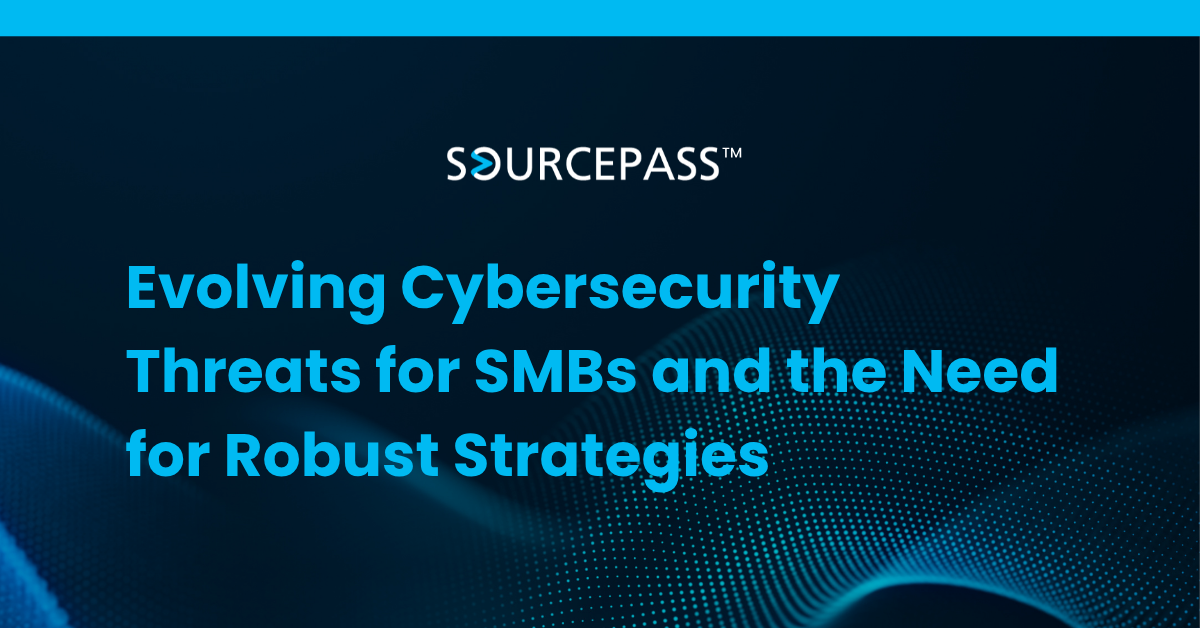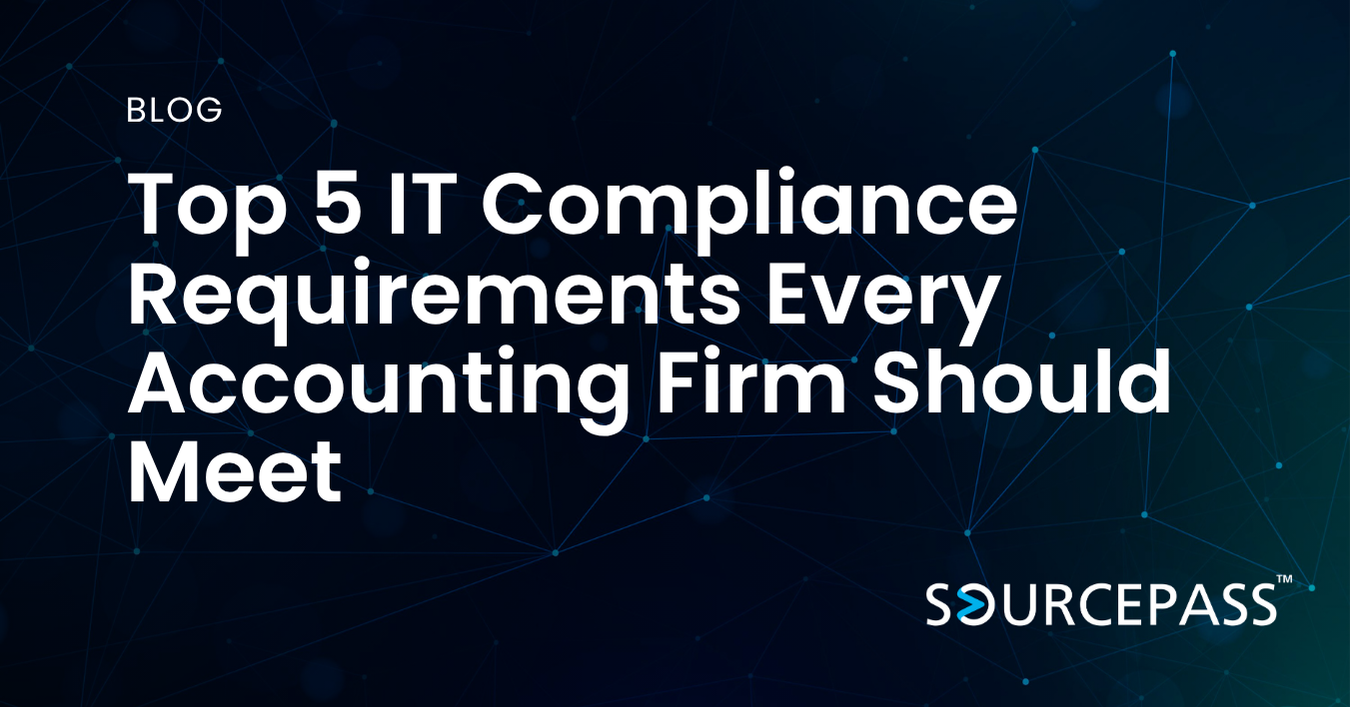Evolving Cybersecurity Threats for SMBs & the Need for Robust Strategies
Nov 03, 2025 Alex Davis Cybersecurity 2 min read



Understanding the Cybersecurity Threat Landscape for SMBs
The cybersecurity threat landscape is growing more complex, putting small and mid-sized businesses (SMBs) at significant risk. In 2025, attackers are increasingly exploiting cloud services, remote work systems, and digital supply chains to target organizations of every size.
Common threats facing SMBs include:
-
Ransomware attacks: Encrypting business-critical data and demanding payment for release.
-
Phishing schemes: Deceptive emails or messages designed to steal credentials or financial data.
-
Cloud and remote access vulnerabilities: Weak authentication or misconfigured systems exposing sensitive information.
Unlike large enterprises with dedicated security operations, SMBs often lack the resources and personnel to address every threat. Yet the risks are just as severe. A single breach can halt operations, damage client trust, and lead to costly regulatory penalties.
Cybercriminals now use tactics once reserved for targeting major corporations, from sophisticated phishing campaigns to automated ransomware. For SMBs, a reactive approach is no longer enough—proactive, strategic cybersecurity has become a business imperative.
The Importance of a Robust Cybersecurity Strategy
A strong cybersecurity strategy is no longer optional for SMBs—it is essential for protecting sensitive data, maintaining compliance, and ensuring business continuity.
1. Understand and Assess Evolving Risks
Conduct regular security assessments to identify vulnerabilities in systems, software, and processes. Understanding where your risks lie allows you to prioritize investments and response planning effectively.
2. Implement Core Cyber Hygiene Practices
Establish a foundation of basic security controls that every employee follows. These include:
-
Training employees to recognize phishing attempts and social engineering
-
Requiring strong passwords and enforcing password rotation policies
-
Using secure file-sharing tools instead of email attachments
3. Strengthen Access Controls and Detection Capabilities
Adopt security technologies that provide multi-layered protection:
-
Multi-Factor Authentication (MFA): Adds an extra layer of verification to prevent unauthorized access.
-
Endpoint Detection and Response (EDR): Monitors and isolates potential threats before they spread.
-
Cloud security tools: Manage user permissions and detect misconfigurations that could lead to data exposure.
4. Stay Aligned with Regulatory Requirements
SMBs must comply with industry-specific standards such as HIPAA for healthcare, PCI DSS for payment security, and NIST frameworks for general cybersecurity management. Staying compliant not only protects data but also helps prevent fines and reputational damage.
5. Build a Security-First Culture
Technology alone is not enough. Cybersecurity must be a shared responsibility across the organization. Leadership should model security awareness, enforce clear policies, and ensure employees understand their role in keeping systems secure.
A layered, methodical approach to cybersecurity empowers SMBs to mitigate threats, meet compliance obligations, and maintain resilience against ever-changing risks.
FAQ: SMB Cybersecurity and Threat Mitigation
Q1: Why are SMBs increasingly targeted by cybercriminals?
A: SMBs often have valuable data but fewer defenses than large enterprises, making them easier targets for ransomware, phishing, and credential theft.
Q2: What is the most common cybersecurity threat facing SMBs in 2025?
A: Ransomware and phishing remain top threats, but cloud misconfigurations and supply chain attacks are also increasing.
Q3: How can SMBs build an affordable cybersecurity program?
A: Start with core protections like MFA, employee training, and backups, then scale by partnering with a managed security provider for advanced monitoring.
Q4: What regulations should SMBs pay attention to?
A: Common frameworks include HIPAA, PCI DSS, and NIST. Compliance depends on your industry and the type of data your organization handles.
Q5: How often should SMBs review their cybersecurity strategy?
A: At least annually, or whenever major business or technology changes occur, to ensure policies and tools remain effective against evolving threats.
Subscribe To
Sourcepass Insights
Sourcepass Insights
Stay in the loop and never miss out on the latest updates by subscribing to our newsletter today!


